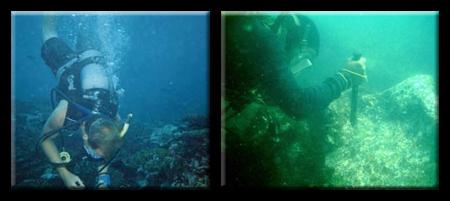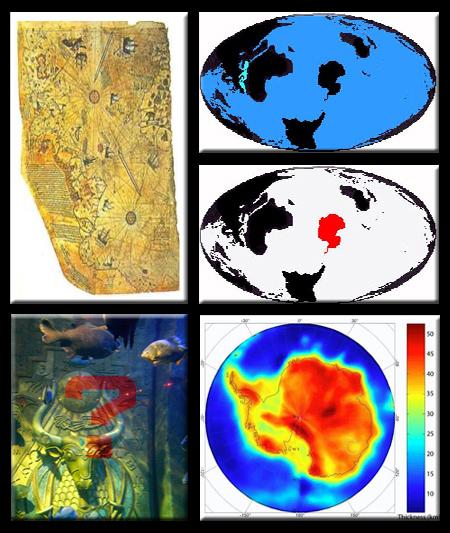Tip 1: Don't smoke.
Smoking represents a major risk factor for cancer, heart disease and stroke. These leading causes of death represent an ongoing concern for all Americans. Nonsmokers might consider taking an empathetic approach to smokers who are trying to quit, and parents might use a "tough love" approach with their children to make sure they don't even start.
Tip 2: Follow your physician's advice.
Your relationship with your physician is critical to your health. Remember, though, that as a consumer of health services your doctor is your employee, so establish a good working relationship based on the understanding that you are the boss of your body. We must develop a proactive attitude toward maintaining our health and take responsibility to change those aspects of our lifestyles that are minimizing our longevity potential. Our physicians can help guide this process.
Tip 3: Exercise regularly.
Exercise and physical activity continue to emerge as primary components of a healthy lifestyle at any age. Aerobic exercise, weight training and recreation are critical not just to our cardiovascular health but to our brain health, as well. Every time our heart beats, 25 percent of its output goes to our brains-quite a large market share! Clearly, maintaining efficient blood flow to our brains through regular exercise promotes health. If you don't exercise regularly, start by walking around the block tonight and build from there.
Tip 4: Reduce the overall calories you consume daily.
We Americans tend not to underconsume anything-including food. Yet the leading factor for longevity in animals is caloric restriction. This finding has yet to be demonstrated in humans. However, provided you get your daily nutritional needs from the USDA'S food pyramid, you should pay close attention to how much you eat. Follow the advice two physicians gave me: N ever go to bed stuffed, and eat only 80 percent of what you intend to consume at every meal.
Tip 5: Socialize and have fun.
We Americans specialize in stress, with little understanding of how to have fun. We need more time to socialize, celebrate and laugh! Some of us have walls around us that keep other people away. As humans, though, we need to be engaged and to be social. Kofi Annan, the secretary general of the United Nations, once stated that every time "we lose an elder from our village, we lose a library." If we begin to think of everyone as a library, it becomes clear that we can learn from others.
Tip 6: Develop your spirituality.
Evidence continues to emerge that prayer is a health-promoting behavior and that attendance at formalized places of worship may have more significance to our health than we understand. Meditation, yoga, relaxation procedures and prayer have neurophysiological bases. They help to alter our existing homeostasis for the better. Praying or meditating daily can help us combat the stresses of life and focus on the challenges ahead.
Tip 7: Engage in mentally stimulating activities.
"Mental stimulation" refers to the ways our brains respond to stimuli in the environment. Novel and complex stimuli are health-promoting for the brain. New learning translates to neurophysiological growth and to mental stimulation in the same way that aerobics translates to cardiovascular health. We can benefit from being challenged, from learning information and skills that we do not yet understand, and from engaging in pursuits that are initially hard for us!
Tip 8: Maintain your role and sense of purpose.
Retirement as it is presently envisioned in this country is not good for the human brain, which benefits from environments rich in novel and complex stimuli. Retirement by definition reinforces disengagement and passivity. Our nation might consider prioritizing social engagement across the lifespan-from a brain-health perspective. Although it is important to allow elders to choose more passive lifestyles, many may benefit from an understanding of the importance of actively participating in society and finding personally relevant roles and senses of purpose.
Tip 9: Seek financial stability.
Research clearly demonstrates that having some money late in life correlates with better health. Therefore, a practical tip for maintaining lifelong health is to hire a financial planner and begin a savings plan that will provide some money late in life. Financial planners do not consider themselves to be health promoters, but they are. We are never too young or too old to begin saving, and the less money we make the faster we need to get started!
Tip 10: Engage family and friends.
Developing and maintaining a social network of relationships is important from a health perspective. Our friends and family help us stay active and involved in the fabric of society. They can provide us with emotional support and can nurture trust. Our roles in life, from child to parent to grandparent, exist within the family; they provide much health and human enrichment across the lifespan. And intimacy, broadly defined, is itself a health-promoting behavior at any age.















